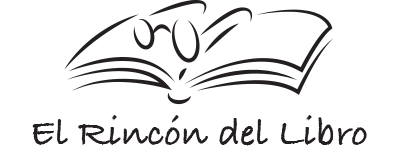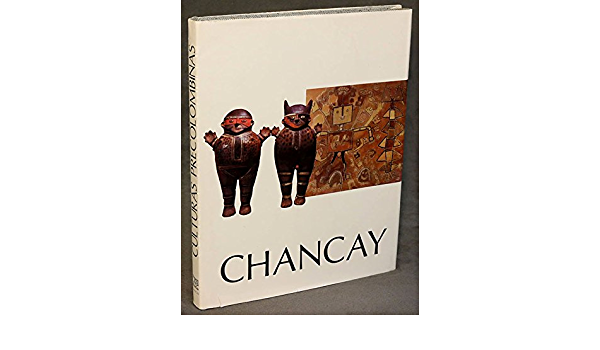Arte Y Tesoros del Peru, Culturas Precolombinas, Chancay
€14,95
70% Off
Beschikbaar
segunda mano en estado bueno
Banco de Credito del Peru en la Cultura, Lima, 1982. Hardcover. Book Condition: Good. Dust Jacket Condition: Very Good. First Edition. Quarto. 180 pages with color plates, figures in both black and white and color and bibliography. Quarto (12″ x 9 1/4″) in gray cloth with black emblem to front cover. First edition. The Chancay culture (1200-1450 A.D.) reigned mainly in the valleys of Chancay and Chillon on the middle coast of Peru. In the early 15th century the Chimú state conquered parts of southern Chancay area, and round about the year 1450 the Incas occupied both areas. The best-known of the Chancay artefacts are textiles that consist of embroidery work, paint-decorated fabrics, gauzes and three-dimensional groups of dolls. Among others, shades of yellow and brown, scarlet, white, lavender-blue and olive green were the colors used. Birds and a deity wearing a crescent-like headdress have been the most popular decorative motifs. Thousands of Chancay textiles have been preserved to this day, so their ancient production must have been remarkably extensive. However, the quality of the textile material has not suffered from this, and the Chancay material is always well finished off and carefully made. The Chancay ceramics is made with mould, matt-surfaced and almost without exception white and black. The Chancay vessels are often big and rather peculiar in form. Especially a large egg-shaped jar is common. In addition to vessels, dolls that are quite big, too, and often represent the female sex have been made from clay. Their face and often the upper part of the body have been covered with geometric ornaments. Geometric ornamentation and a strong simplification of animal and human motifs are part of the typical features of the Chancay ceramics
Beschikbaar

